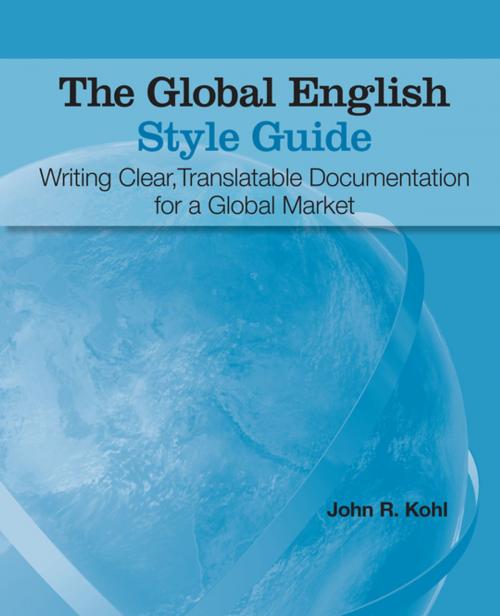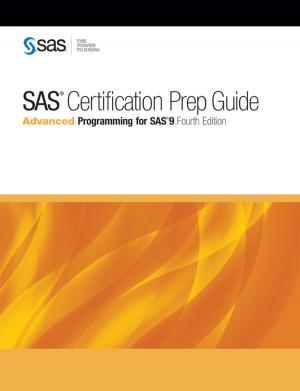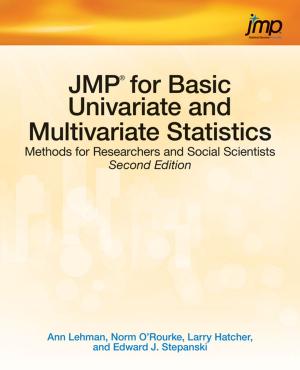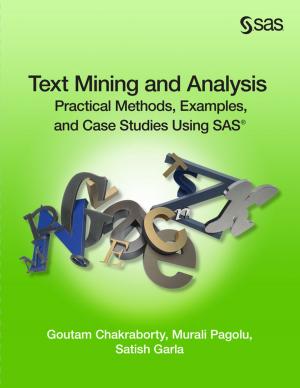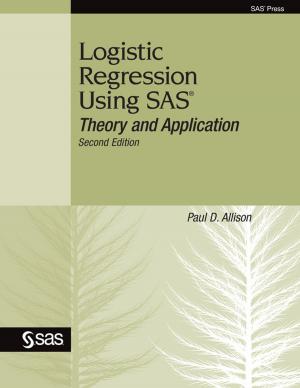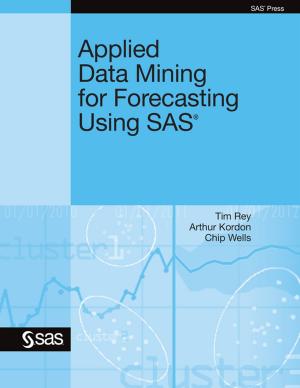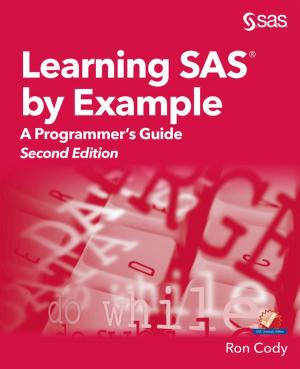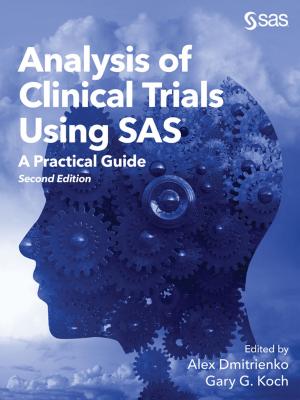The Global English Style Guide
Writing Clear, Translatable Documentation for a Global Market
Nonfiction, Science & Nature, Technology, Technical Writing, Reference & Language, Language Arts, Translating & Interpreting| Author: | John R. Kohl | ISBN: | 9781599948423 |
| Publisher: | SAS Institute | Publication: | April 8, 2008 |
| Imprint: | SAS Institute | Language: | English |
| Author: | John R. Kohl |
| ISBN: | 9781599948423 |
| Publisher: | SAS Institute |
| Publication: | April 8, 2008 |
| Imprint: | SAS Institute |
| Language: | English |
The Global English Style Guide illustrates how much you can do to make written texts more suitable for a global audience. Accompanied by an abundance of clearly explained examples, the Global English guidelines show you how to write documentation that is optimized for non-native speakers of English, translators, and even machine-translation software, as well as for native speakers of English. You'll find dozens of guidelines that you won't find in any other source, along with thorough explanations of why each guideline is useful. Author John Kohl also includes revision strategies, as well as caveats that will help you avoid applying guidelines incorrectly. Focusing primarily on sentence-level stylistic issues, problematic grammatical constructions, and terminology issues, this book addresses the following topics: ways to simplify your writing style and make it consistent; ambiguities that most writers and editors are not aware of, and how to eliminate those ambiguities; how to make your sentence structure more explicit so that your sentences are easier for native and non-native speakers to read and understand; punctuation and capitalization guidelines that improve readability and make translation more efficient; and how language technologies such as controlled-authoring software can facilitate the adoption of Global English as a corporate standard. This text is intended for anyone who uses written English to communicate technical information to a global audience. Technical writers, technical editors, science writers, and training instructors are just a few of the professions for which this book is essential reading. Even if producing technical information is not your primary job function, the Global English guidelines can help you communicate more effectively with colleagues around the world. This book is part of the SAS Press program.
The Global English Style Guide illustrates how much you can do to make written texts more suitable for a global audience. Accompanied by an abundance of clearly explained examples, the Global English guidelines show you how to write documentation that is optimized for non-native speakers of English, translators, and even machine-translation software, as well as for native speakers of English. You'll find dozens of guidelines that you won't find in any other source, along with thorough explanations of why each guideline is useful. Author John Kohl also includes revision strategies, as well as caveats that will help you avoid applying guidelines incorrectly. Focusing primarily on sentence-level stylistic issues, problematic grammatical constructions, and terminology issues, this book addresses the following topics: ways to simplify your writing style and make it consistent; ambiguities that most writers and editors are not aware of, and how to eliminate those ambiguities; how to make your sentence structure more explicit so that your sentences are easier for native and non-native speakers to read and understand; punctuation and capitalization guidelines that improve readability and make translation more efficient; and how language technologies such as controlled-authoring software can facilitate the adoption of Global English as a corporate standard. This text is intended for anyone who uses written English to communicate technical information to a global audience. Technical writers, technical editors, science writers, and training instructors are just a few of the professions for which this book is essential reading. Even if producing technical information is not your primary job function, the Global English guidelines can help you communicate more effectively with colleagues around the world. This book is part of the SAS Press program.
